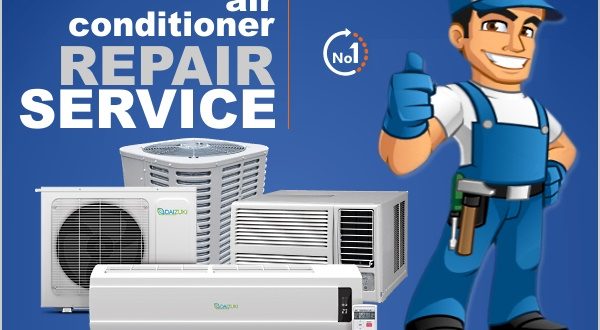
Do not let air conditioning contractors edmonton your Air Conditioning blow your money away. Use these suggestions and pay less to cool your home this summer.
Running the air conditioning can make an electricity bill skyrocket, however the option isn't pretty, either. Luckily, there are a couple of manner ins which you can help your air conditioning unit run better and save you money as the summer season months development.
Stopped cooling the area
If your home isn't brand brand-new, the cold air inside it is probably leaking out into the neighborhood through used door and window seals, an improperly insulated attic and other sly cracks.
To see how well your house is holding in the cold, register for a home energy audit with your utility provider or a local professional. A licensed home energy rater or auditor will check your home for leakages and recommend the finest way to make your home more energy effective.
Do not wish to spring for an audit? Do a mini-audit yourself. Stand outside your home and run your hand along doors and windows. Can you feel the cold air escaping? If you do, caulk around leaky windows and include insulation around doors.
Make an upgrade
If you haven't updated to a smart thermostat-- such as Ecobee, Lyric, Lux or Nest-- it's time to make a modification. Smart thermostats can regulate heating and cooling when you're not home to conserve cash. Plus, you can adjust the settings remotely using an app on your phone. Some even deal with Amazon Alexa, Samsung SmartThings, Apple HomeKit,
Wink, Google Home and other smart home platforms. Here are the very best wise thermostats of 2017 to assist you make the very best choice for your house.
Make certain your thermostat is on the right wall
Thermostat positioning can play a big part in how well your a/c works. If you put it on a wall right next to a hot window, for circumstances, your air conditioner will kick on much more typically than it requires to since it will think the room is hotter than it actually is. Here's how to choose the best wall for your thermostat.
Close the blinds
A window allowing the hot sun won't simply heat up your thermostat, it'll warm you up too. Throughout the hottest part of the day, close your window blinds and stay out the sun. It can likewise help insulate your windows, which stops the cold air from leaving.
Sometimes you do not need to amp up the thermostat to feel cooler. According to the National Resource Defense Council (NRDC), using a ceiling fan can make a room feel 10 degrees cooler and uses 10 percent of the energy of a central air conditioner.
If you wish to get modern, you can install smart ceiling fans that connect to an app. You can arrange the times when these fans turn on and off, and you can control their speed without basing on your tiptoes.
Raise the temperature
Lots of people think that leaving the air conditioning system at the exact same temperature when you leave the home saves cash because the A/C will not require to work as tough to recool the house. This isn't the case. NRDC senior energy policy supporter Lauren Urbanek states that the most affordable method to utilize your air conditioning system is to turn the thermostat up when you leave your house.
Air conditioning systems run most effectively at complete speed throughout longer time periods. So kicking it on a lower temperature level when you get home will save you more money than the Air Conditioner cycling on and off while you're away.
A programmable thermostat can make it incredibly simple to keep your AC at the ideal temperature. You can program the unit to operate at higher temperatures while you're at work and cool down right before you get house.
Setting low is a no-go
Constantly set your thermostat to the greatest temperature you can stand to save the most cash. Even a little modification in the temperature can conserve you big bucks.
You can conserve 10 percent a year on your cooling expenses by setting your thermostat simply 10 to 15 degrees higher for eight hours each day, according to the Nebraska Energy Workplace. The US Department of Energy recommends going for an indoor temperature level of 78 degrees F when you're at home.